
Review on 🌍 Nooelec Weather Satellite RTL-SDR Bundle - NESDR SMArTee XTR Included for Receiving LRIT, HRIT & HRPT Satellite Weather Images from Space! by Ben Cooper

Absolutely phenomenal, I have recommended it several times!
Includes everything needed to receive images from GOES-16 and GOES-17. Personally, I aimed the bowl at both and got absolutely incredible pictures. I've taken the entire disk of the earth in different wavelengths and seen photos of California fires, weather reports and put them together into a video of Hurricane Ida hitting Louisiana. Some assembly is required, but there's a link to the manual that came with the device and several third-party guides online to set it up. I ended up hooking it up to a Raspberry Pi and using gotools and Sanchez (both on Github) to decode and process the images. Each satellite broadcasts about 550MB and hundreds of files per hour, but 5424 x 5424 images are worth it. You can even get images from the old GOES-15 satellite and the Japanese Himawari 8 satellite orbiting Australia and also transmitting some images via the GOES satellites. Tips: 1. The dish is quite focused so you really have to dial it, but the DishPointer site helped me a lot to find the satellite.2. I wouldn't worry too much about the exact tilt/rotation of the pelvis. Although correct horizontal azimuth and vertical elevations must be obtained, polarization is not as critical. This device comes with a mounting unit that can only be rotated in 45 degree increments; In the worst case, they will be 22 degrees. Even a 45 degree offset is only a 3dB loss, which is bad but fixable, so I'm confident in the 45 degree accuracy and am not looking for a replacement bracket.3. It is imperative that the front reflector is vertical as shown in the attached drawings and manuals. The reflector can be upside down, and that's fine, but it can't be at a 90 degree angle or it will be grossly out of phase with the linear polarization coming from the satellite.4. The Low Noise Amplifier (LNA) block is needed because I had bad luck connecting the SDR directly to the short coax cable coming out of the dish.5. The LMR-400 cable is surprisingly stiff and chunky, but it can be twisted or stretched and shouldn't be a problem.6. I would also recommend waterproofing the LNA as it has an unused USB connector on top. I think I'll use duct tape. But in reality it's all small things and the device works very well out of the box. You'll get amazing photos wherever you are!
- Not cheap but decent
- Nothing
New products
Comments (0)
Top products in 📺 External TV Tuners

TV tuner World Vision Foros Combo T2/S2 black

47 Review
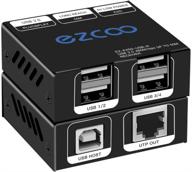
USB Extender 165ft 50m 4-Port USB2.0 HUB for Cat5e Cat6 - Webcam Work Sync, Plug & Play for Camera Storage Hard Drive PC Windows, macOS, Android, 1.5m USB Cable, 5V Power - USB Over Ethernet EX60USB

8 Review
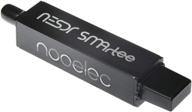
📻 NESDR SMArTee v2 SDR - Premium RTL-SDR with Integrated Bias Tee, Aluminum Enclosure, 0.5PPM TCXO, SMA Input: Unleash the Power of Software-Defined Radio

10 Review
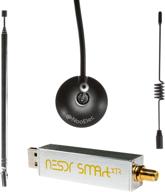
🔍 NooElec NESDR Smart XTR Bundle - Premium RTL-SDR with Extended Tuning Range, Durable Aluminum Enclosure, Ultra-Precise 0.5PPM TCXO, SMA Input

9 Review
Another interesting products
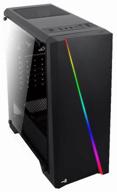
Computer case AeroCool Cylon black

39 Review

Computer case be quiet! Pure Base 500 black

32 Review
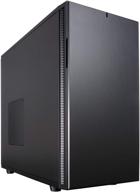
Fractal Design Define R5 - ATX Mid Tower Computer Case - High Airflow and Silent Optimized - Includes 2x Dynamix GP-14 140mm Silent Fans - Water-Cooling Ready - Black

43 Review
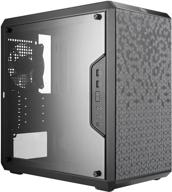
MasterBox Q300L Micro-ATX Tower with Magnetic Dust Filter, Acrylic Side Panel, Adjustable I/O & Ventilated Airflow, in Black

40 Review

